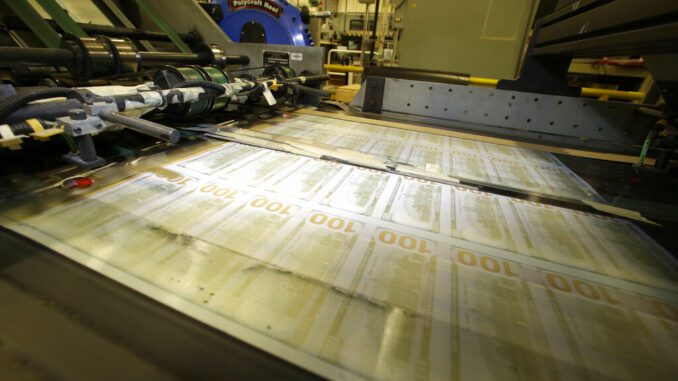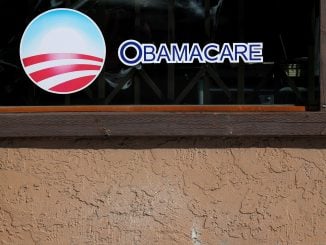
Relying on your business to fund your retirement is a risky bet. A business failure, health issues or shifting market conditions can leave you unable to retire fully. Rather than gamble on everything going right, diversify your nest egg so it will last you well into your later years. Prioritize setting aside even a small amount of your gross earnings and enlist an investment advisor or financial planner to help figure out which self-employed retirement plan makes the most sense for you and your business. If selling is still part of your plan, build a detailed exit plan and work with a broker to maintain an accurate valuation of your business.
Retirement can loom like a dark cloud for small-business owners. Many invest blood, sweat and tears — and every penny — into building their business but never set cash aside for the future.
A huge number of entrepreneurs have reported putting aside no retirement savings at all. For some, selling the business is their only retirement plan.
That’s a risky bet, says Keith Hall, president and chief executive officer of the National Association for the Self-Employed.
“You’re putting all of your eggs in one basket. Not just your current lifestyle, but your future,” Hall says. “If something goes wrong, you sacrifice both.”
And the list of things that could go wrong is long: Your business could fail. Your health could fail. You may not find a buyer. You may have to sell for less than you need. You may not be able to retire fully.
Rather than gamble on everything going right, diversify your nest egg so it will last you well into your later years.
MAKE RETIREMENT PLANNING A PRIORITY
Saving for retirement is often the last item on your budget and the first to get cut in favor of other priorities, Hall says. Instead, make it as important as paying your mortgage or running your business.
This won’t come naturally to most entrepreneurs, who are often hyper-focused on immediate needs and tend to plan in three- to five-year increments.
“It’s hard as an entrepreneur and small-business owner to think 20-plus years out,” says Mary Bell Carlson , owner of Carlson Consulting LLC. “I’m often figuring out what I need to do today for immediate cash and long-term profitability.”
But Carlson, a financial counselor and certified financial planner, makes a point to invest where she can. She and her husband contribute to his employer-provided retirement plan. They each also put money into individual retirement accounts, among other investments.
“My biggest lesson has been to start, no matter how small the amount; it’s just important to start,” she says.
Determine what you can afford, whether that’s 1%, 5% or 10% of your gross earnings, and commit to it, Hall says. Over a long enough window, even small, regular contributions will compound into something meaningful.
There are a number of retirement plans for small-business owners, each with requirements, stipulations and tax implications.
— TRADITIONAL, ROTH IRA: Individual retirement accounts are easy to open and available to virtually anyone. You can contribute up to $6,000 in 2022 (up to $7,000 if you’re 50 or older). The main difference between traditional and Roth IRAs is whether you want tax savings now or later. Traditional IRAs use pre-tax income, but you pay taxes when the money comes out. With Roths, it’s the other way around.
— SOLO 401(K): Available to business owners with no full-time employees (exception made for a spouse). The contribution limit is up to $61,000 for 2022, though that’s broken into two parts, each with limits. Similar to an employer-sponsored 401(k), contributions are pre-tax and withdrawals are taxed as income.
— SEP IRA: A Simplified Employee Pension IRA, or SEP IRA, operates much like a traditional IRA, except you can contribute a lot more. Annual contributions are capped at $61,000 in 2022 versus $6,000 for a standard IRA. Another key difference: If you put money into your own SEP IRA, you must contribute an equal percentage to employees. This option is best for solopreneurs or those with few employees.
— SIMPLE IRA: This option has a lower contribution limit, up to $14,000 in 2022 (for those under age 50), but it offers employee accounts and is easier for small companies to administer than a traditional 401(k). You must offer a 3% match or a blanket 2% contribution to all employees. You can deduct contributions made to your account and those made on your employees’ behalf.
GET INPUT FROM A PROFESSIONAL
Sure, you can try to decode which retirement plan is best for your business. Or you can work with a certified financial planner or registered investment advisor to determine the best path. Doing the latter can give you confidence in your strategy, help you avoid any costly penalties and ensure you don’t leave any money on the table.
If selling is still part of your retirement plan, the help of a professional is essential, says Norm Sherman, a certified mentor with SCORE , a national volunteer organization that offers free business mentorship. First, you need to know whether your business is sellable and what you can realistically expect to net in a sale.
An investment banker or business broker can evaluate your revenue, profit margins, business structure and market to give you an honest assessment and help you better position your business for a future sale.
“It costs you nothing to get answers to these questions,” Sherman says. “Don’t operate blindly; find experts who can help you.”



